

Safety Surveys are critical tools organizations utilize to evaluate and enhance the safety of their work environments. These structured assessments actively seek out potential hazards, ensuring that workplaces meet regulatory standards and foster a culture of safety among employees. The core purpose of such surveys is to prevent accidents, minimize risks, and create an environment where employee well-being is paramount.
Ranging from general safety audits to specific evaluations like ergonomic or hazardous substance surveys, the type and depth of the assessment vary based on the nature of the organization and its operational nuances. Conducting these surveys effectively requires a systematic approach, including setting clear objectives, involving the right personnel, and asking pertinent questions. However, as essential as these surveys are, they come with challenges, from employee reluctance to resource constraints.
Understanding and prioritizing workplace safety has never been more essential in today’s fast-paced work environments. Through this blog, we will delve into the intricate aspects of Safety Surveys, unraveling their significance, types, best practices, and the potential hurdles faced during their execution. Whether you’re an industry veteran or a newcomer keen on establishing a robust safety culture, this guide aims to provide a comprehensive insight into the world of Safety Surveys.
Safety surveys refer to systematic assessments conducted within a workplace or specific setting to identify potential hazards, evaluate risks, and ensure compliance with safety regulations. These surveys assess the physical environment, such as workplace layout and condition, and employees’ perceptions regarding safety protocols, training programs, and overall awareness of safety measures.
The importance of safety surveys cannot be overstated. They are a proactive tool for organizations to pinpoint and address potential dangers before accidents or injuries occur. By recognizing and mitigating these risks, organizations foster a safety culture, protect their employees’ well-being, and ensure compliance with relevant safety regulations and standards. Furthermore, safety surveys can save costs by preventing incidents that could result in damage, legal liabilities, or increased insurance premiums.
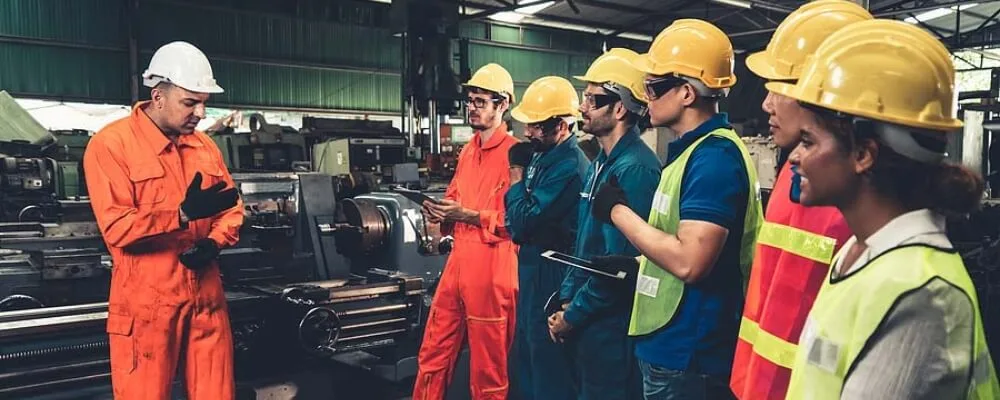
Safety surveys aim to proactively identify and assess potential hazards, risks, and safety concerns within a given environment, typically a workplace. These systematic evaluations serve multiple objectives:
In essence, safety surveys are integral to maintaining a safe working environment, ensuring potential hazards are identified, evaluated, and mitigated before they result in harm or financial loss.
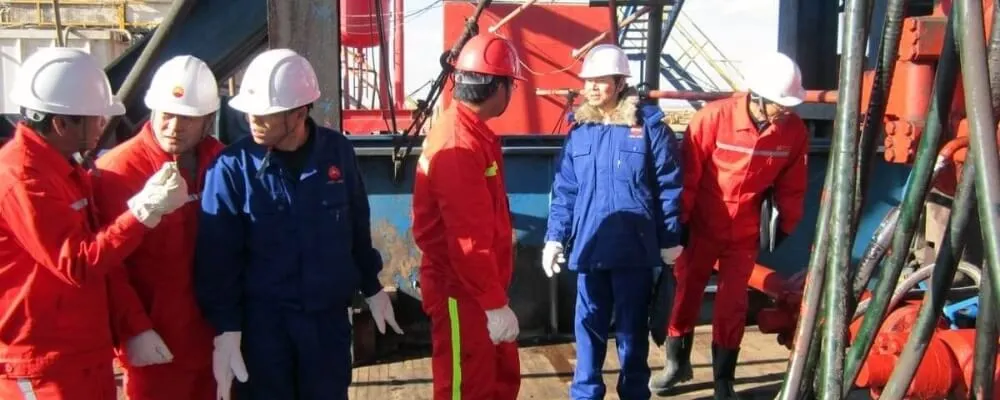
Safety surveys vary in scope and focus depending on the organization’s needs, environment, and industry. Here are the different types of safety surveys commonly employed:
These are broad-based evaluations that encompass every aspect of an organization’s operations. When conducting a general safety audit, evaluators delve into safety’s tangible and intangible facets. They assess the condition and functionality of equipment and machinery, ensuring that they adhere to industry standards and are maintained appropriately. But beyond the physical, these audits also scrutinize safety policies, procedures, and general organizational behavior related to safety.
The goal is to ascertain whether the organization’s culture prioritizes safety and if employees, regardless of their rank, adhere to established safety protocols.
This type of survey is laser-focused on the minute details of specific job roles or tasks within an organization. When performing a JSA, the primary objective is to understand every potential risk associated with a given job function.
By breaking down tasks step-by-step, this analysis seeks to pinpoint where injuries or accidents might occur and prescribes the safest method to execute these tasks. JSA is a proactive approach, ensuring that hazards are identified and mitigated before they cause harm.
Given the potential dangers associated with hazardous substances, these surveys are crucial for organizations dealing with chemicals or harmful materials. They meticulously assess how these substances are stored, handled, and disposed of. Ensuring compliance with local and international regulations is paramount.
Additionally, these surveys actively identify potential danger zones, such as areas susceptible to spills or leaks, ensuring measures are in place to prevent and respond to accidental exposure.
The realm of ergonomics deals with designing the workplace and job functions in harmony with the capabilities and limitations of the human body. An ergonomic survey closely examines the design and layout of workspaces, the tools employees use, and their tasks.
The objective is to ensure that these factors align with the physical and psychological needs of the employees. The organization can significantly reduce the risk of musculoskeletal injuries and other health issues from strain or poor posture.
An organization’s preparedness to handle fire emergencies can be the difference between life and death. This type of survey rigorously evaluates all components related to fire safety. It ensures that fire extinguishers are present throughout the facility and are maintained and accessible.
The placement and signage of fire exits are scrutinized to guarantee they’re marked and unobstructed. Beyond the tangible assets, these surveys also assess the robustness and effectiveness of evacuation protocols, ensuring that employees know how to respond during emergencies.
Electricity, while indispensable, poses significant risks if not managed correctly. These surveys prioritize the safe use and management of all electrical installations and equipment within an organization. By thoroughly evaluating the grounding and coding of electrical setups, they ensure minimal risk of electrical shocks or fires.
Such a survey would typically assess the condition of wiring, the functionality of circuit breakers, and the safe use of electrical devices, ensuring that all adhere to established safety standards.

These surveys serve a dual purpose to address the interplay between an organization and its surrounding environment. They ensure that businesses operate within the confines of environmental laws and regulations, safeguarding the environment from potential harm. Aspects like waste disposal, emissions, and resource conservation take center stage.
Organizations are assessed on their carbon footprint, the effectiveness of their recycling programs, and their overall commitment to sustainable practices. Not only do these surveys protect the natural world, but they also shield organizations from legal repercussions and potential public relations fallouts from environmental neglect.
For entities that rely on transportation—for deliveries, commuting, or any other function—ensuring vehicular safety is paramount. This survey delves into vehicles’ condition and safety features but doesn’t stop there. It also critically assesses employees’ driving habits, ensuring they adhere to road safety rules and organizational driving guidelines.
Additionally, the overarching transportation safety protocols, such as vehicle maintenance schedules, driver training programs, and incident reporting mechanisms, are thoroughly examined.
Heavy machinery and complex equipment come with inherent risks. These surveys are tailored to identify mechanical faults that could lead to accidents or breakdowns. Beyond just the mechanical aspects, there’s a focus on human interaction with these machines.
The survey assesses whether operators are trained adequately, if machinery is used as intended, and if there are clear protocols for maintenance, shutdowns, and emergencies. The overarching aim is to ensure that equipment operates safely and efficiently.
Workers’ protective gear can sometimes be their last defense against potential hazards. These surveys emphasize the availability, quality, and usage of such equipment. They evaluate whether workers are provided with the necessary gear tailored to their tasks, whether they’re adequately trained to use them, and if they consistently employ these safety measures.
An important aspect of this survey is also ascertaining that the PPE is of standard quality and maintained or replaced as needed.
Beyond the tangible and immediate risks, employees’ long-term health and well-being are just as crucial. These surveys step into the more intangible realm of occupational health. They assess factors like workplace-induced stress, mental health support structures, and general well-being initiatives in place. Recognizing that a physically safe workplace is not necessarily healthy, these surveys aim to cultivate environments where employees can thrive physically and mentally.
The security of a workplace doesn’t just revolve around preventing physical injuries; it also pertains to ensuring the safety of employees and organizational assets. These surveys comprehensively examine an organization’s preparedness against external threats like theft, vandalism, or potential employee harm.
The assessment includes evaluating the efficacy of security systems, the robustness of security protocols, and the training and effectiveness of security personnel. It’s about fostering an environment where everyone feels safe and assets are well-guarded.
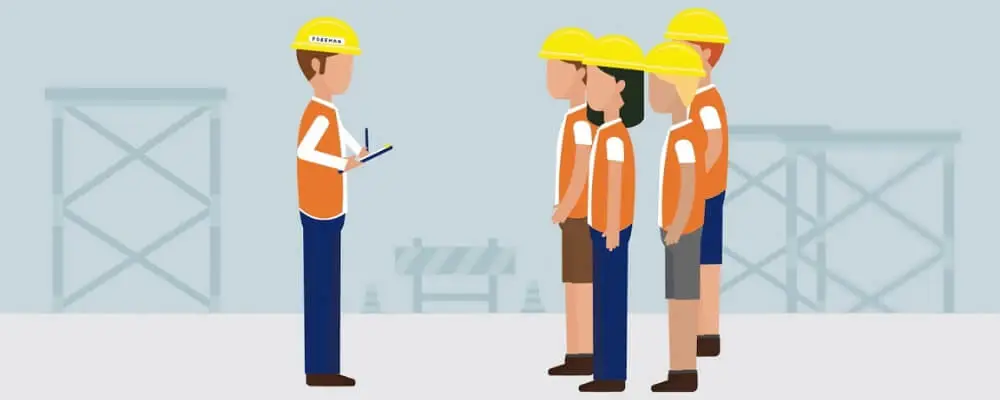
Conducting safety surveys effectively requires a meticulous approach, clarity in objectives, and the participation of both management and employees. Here’s a detailed guide on how to go about it:
Every effective safety survey begins with clarity of purpose. It’s essential to understand the scope and specific goals of the survey. This clarity helps narrow down focus areas and ensure the assessment is thorough and relevant.
For instance, if the objective is to gauge the overall safety of a factory, the approach would differ significantly from a survey aiming solely at assessing the safe handling of chemicals. Having explicit objectives also ensures the team doesn’t deviate from the intended purpose, guaranteeing a structured and focused survey.
The team you form will lay the foundation for the success of the safety survey. By assembling a diverse group encompassing various areas of expertise, you’re leveraging a broad knowledge base and ensuring that multiple facets of the workplace are examined.
This multidisciplinary approach ensures a holistic review. Including members familiar with safety regulations ensures compliance, while representatives from various departments offer an inside perspective into daily operations, potential pitfalls, and department-specific concerns.
A well-structured checklist acts as a roadmap for the survey, systematically covering all essential safety aspects without overlooking any crucial area. This checklist, tailored based on the objectives set initially, provides a sequential approach to the survey.
From evaluating equipment safety to assessing employee training, a checklist ensures consistency and comprehensiveness, making identifying hazards more efficient.
The dynamic nature of workplaces, with continuous changes in operations, equipment, and personnel, necessitates that safety surveys are not isolated events. Regular scheduling ensures that evolving hazards are identified and addressed promptly.
Periodic reviews, yearly, bi-yearly, or even quarterly, help track safety improvements over time and ensure that the safety standards are maintained consistently.
Scheduled surveys are beneficial, but there’s undeniable value in the element of surprise. Unannounced inspections give a candid view of the day-to-day safety practices without the window dressing that might accompany a planned review.
By observing operations in their natural state, employers can identify genuine safety lapses and ingrained behaviors that might otherwise go unnoticed.
The frontline employees directly involved in daily operations are often the first to notice safety discrepancies. Their hands-on experience and familiarity with daily tasks make their feedback invaluable.
By actively involving them, you garner insights that might elude an external reviewer and foster a culture of collective responsibility toward safety. This sense of ownership can lead to proactive safety measures and an environment where concerns are voiced and addressed promptly.
The digital age offers many tools to make safety surveys more efficient and accurate. Mobile applications can facilitate real-time data collection, allowing reviewers to input findings directly into digital platforms, minimizing paperwork and potential data loss.
Specialized software can aid in analyzing this data, spotting patterns, and generating actionable reports. These tools streamline the process and provide a platform for continuous monitoring and easy reference for subsequent reviews.
Detailed documentation is the backbone of an effective safety survey. Every finding, observation, or recommendation should be meticulously recorded. Incorporating visual aids like photographs or videos can offer clarity, especially in situations where a textual description may not capture the full extent or nuance of a safety concern.
Furthermore, having a robust documentation process allows for easier comparisons in future surveys, enabling the organization to track progress, regressions, or consistent problem areas over time.
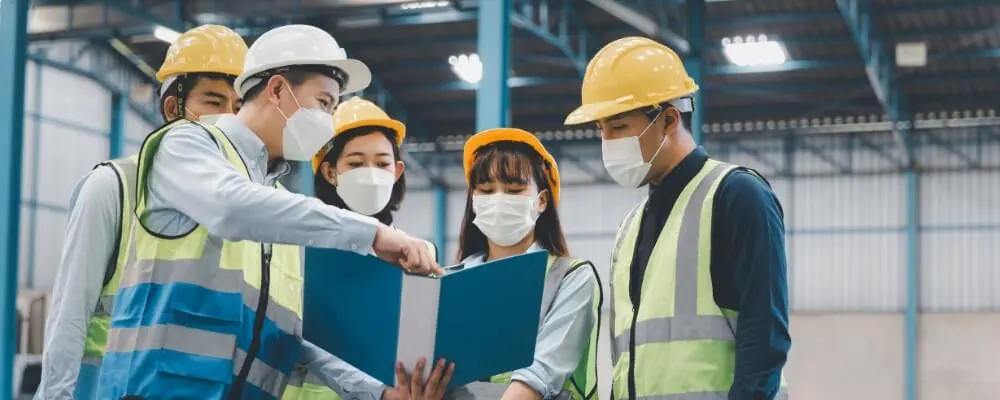
Once the survey concludes, it’s crucial to sift through the findings and rank them based on the potential severity of harm and immediacy of the threat. Such a prioritization process ensures that the most critical safety concerns are addressed promptly, reducing the risk of accidents or violations. For instance, an exposed electrical wire would take precedence over a non-critical documentation lapse.
Identifying issues is only half the battle; the real challenge lies in addressing them. A well-structured action plan is vital to ensure that each identified problem is systematically rectified.
This plan should clearly outline the steps required, designate individuals or teams responsible for each action, set clear timelines for completion, and list any resources that might be needed. Such a structured approach ensures accountability and tracks progress.
No action plan is perfect, and challenges can arise during implementation. It’s essential to evaluate the effectiveness of the implemented changes continuously. Were the safety concerns adequately addressed? Were there unforeseen challenges?
Such post-action evaluations help refine the current action plan and provide insights for improving future safety surveys and action planning.
Keeping employees in the loop regarding survey findings and subsequent actions is a step towards fostering a transparent and inclusive safety culture. Sharing positive and negative findings emphasizes the organization’s commitment to safety and actively motivates employees to participate in safety measures. Such communication helps dispel rumors, clarify concerns, and reinforce the importance of safety.
Safety is an ever-evolving field. As technology advances, processes change, and new risks emerge, regulations and industry best practices are frequently updated to address these challenges. Organizations must stay abreast of these changes to ensure their safety protocols and surveys remain relevant and compliant. This proactive approach reduces the risk of non-compliance and ensures that the workplace remains aligned with the latest safety standards.
Training isn’t a one-time event. As safety protocols evolve, machinery gets updated, or new risks are identified, training must be refreshed and updated. Regularly training staff ensures they remain well-equipped to handle safety challenges, know any procedural changes, and understand their rationale.
Such continuous education reinforces the importance of safety and ensures that every employee plays an active role in maintaining a safe environment.
The process of ensuring safety is collaborative and continuous. Beyond scheduled surveys, it’s crucial to have mechanisms that allow for ongoing feedback. Whether through physical suggestion boxes, periodic safety meetings, or digital feedback platforms, giving employees a voice ensures that potential safety concerns are flagged early, fostering a proactive rather than reactive approach to workplace safety.
Conducting safety surveys effectively is a continuous assessment, action, and reassessment process. The ultimate goal is to foster a safety culture where management and employees proactively identify and rectify hazards.
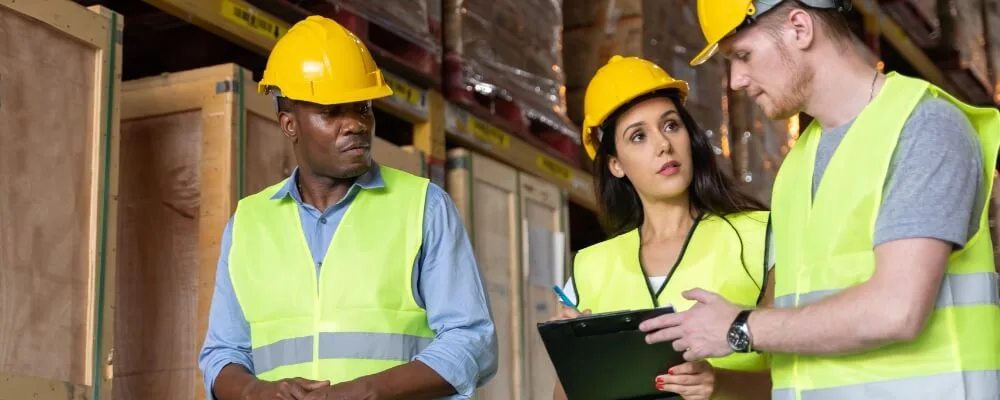
Conducting a safety survey requires asking a combination of open-ended, closed-ended, and observational questions to gather comprehensive information. Here’s a breakdown of the types of questions you might consider during safety surveys:
Incorporating a mix of these questions and tailoring them to your specific industry or workplace will provide a comprehensive view of the safety landscape and areas needing attention.
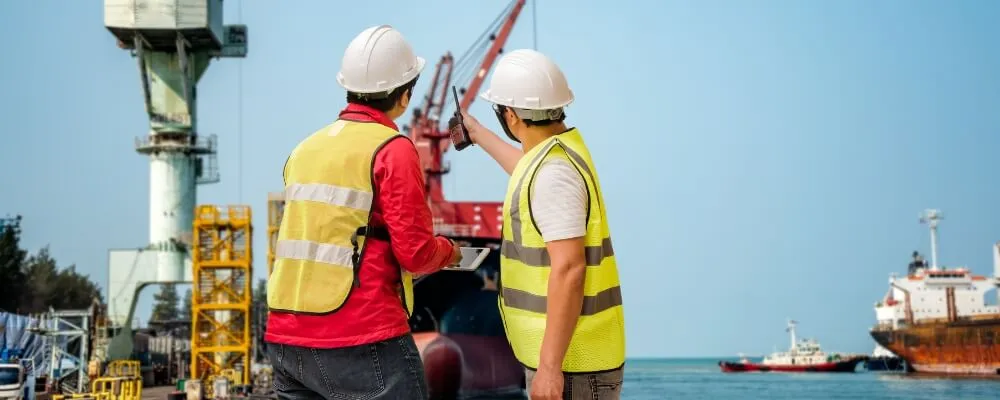
Safety surveys are essential to maintaining a safe work environment, but several challenges can arise during the process. Here are some of the challenges commonly encountered:
To address these challenges, organizations need a proactive approach, fostering a safety culture, ensuring open communication, leveraging technology effectively, and committing resources for continuous improvement in workplace safety.
In the ever-evolving landscape of workplace dynamics, Safety Surveys are a testament to an organization’s commitment to its most valuable asset: its people. These systematic evaluations are not mere compliance tools but the cornerstone of cultivating a proactive safety culture.
Organizations reduce the risk of accidents by identifying potential hazards, seeking employee insights, consistently updating safety protocols, and boosting employee morale and trust. As we’ve explored the intricacies of these surveys, it becomes evident that their success hinges on a meticulous approach, continuous feedback, and adaptability to changing regulations and environments.
While challenges may arise in conducting these surveys, the long-term benefits of a safer, more aware workplace far outweigh the initial hurdles. In essence, Safety Surveys are an investment in the present and future well-being of the organization and its workforce.